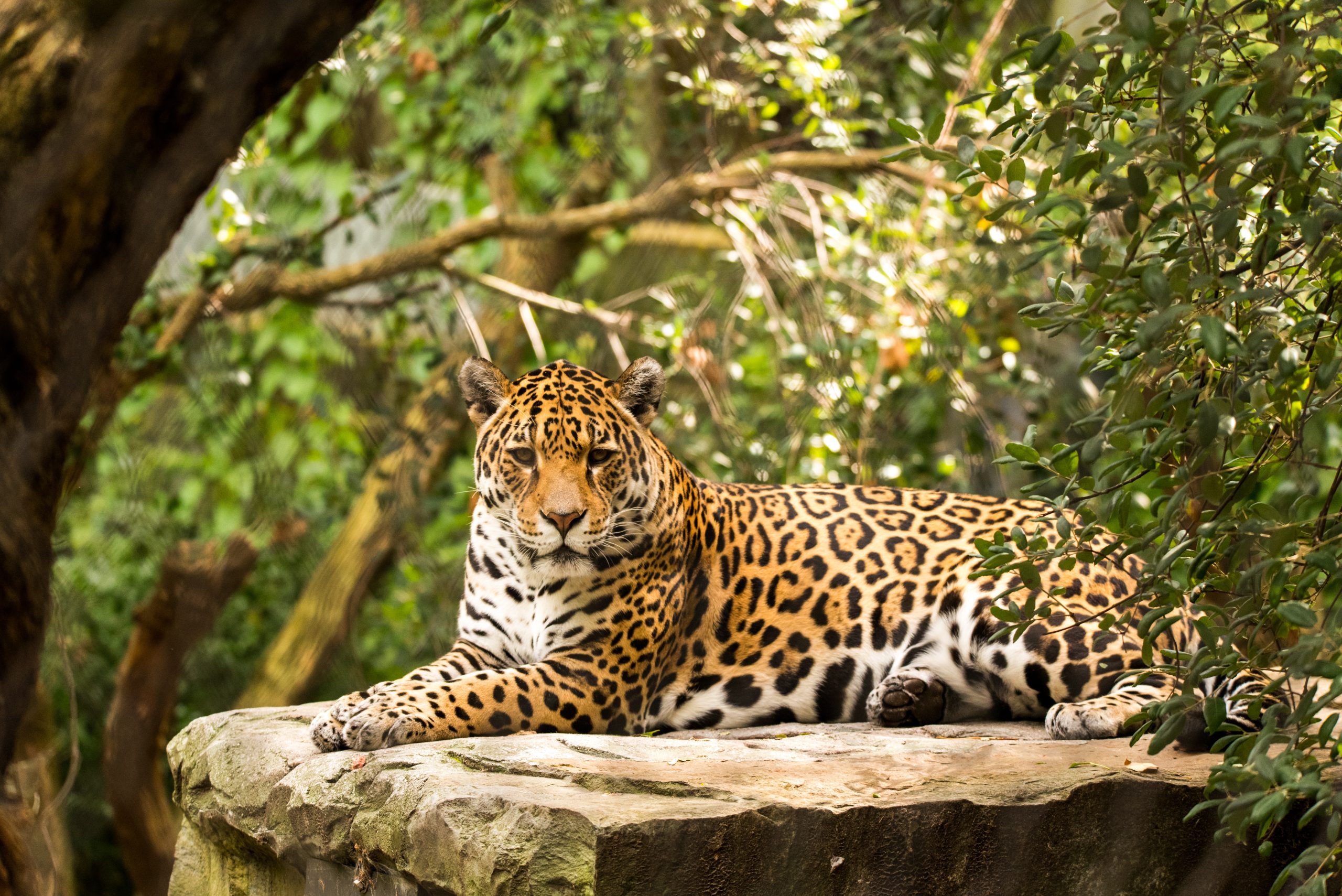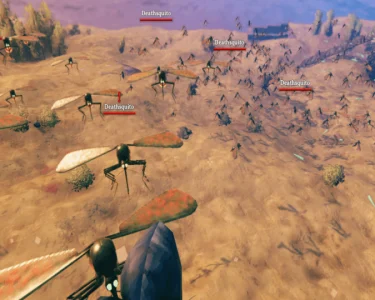As the largest feline in the Americas and a symbol of power and strength, the jaguar has captivated humans for centuries. However, their populations are declining due to habitat loss, hunting, and conflict with humans. Conservationists are working hard to save these majestic predators and protect their habitats. In this article, we will explore the efforts being made to save the jaguar and the challenges that still need to be addressed.
In recent years, conservation organizations have ramped up efforts to protect jaguars and their habitats. One such organization is Panthera, which focuses on big cat conservation around the world. Panthera’s Jaguar Program works with governments, local communities, and other organizations to protect jaguar habitats and reduce human-wildlife conflicts. Their efforts include working with cattle ranchers to implement non-lethal methods to protect their livestock, which reduces the need for retaliatory killing of jaguars. They also work with indigenous communities to monitor jaguar populations and protect their territories.
Another organization working to protect jaguars is the Wildlife Conservation Society (WCS). The WCS has been working in South America for over a century and has extensive experience with jaguars. They work to create protected areas and corridors for jaguars to roam freely, and also provide training and support to local communities to reduce conflicts between people and jaguars.
Despite these efforts, jaguars still face many challenges. Habitat loss due to deforestation and development is a major threat to their survival, as is hunting for their skins and body parts. In some areas, jaguars are killed in retaliation for preying on livestock. Climate change is also a growing concern, as it can alter jaguar habitats and impact their prey.
To address these challenges, more work needs to be done to protect jaguar habitats and reduce human-wildlife conflicts. Governments can play a key role in this effort by implementing and enforcing laws that protect jaguars and their habitats. Local communities also play an important role, as they can serve as protectors of jaguars and their habitats if they are provided with the tools and resources they need.
In conclusion, the jaguar is a magnificent predator that plays a crucial role in its ecosystem. Conservation efforts are essential to protect this species and its habitat, and there is hope that these efforts will be successful with the support of governments, local communities, and conservation organizations. By working together, we can ensure that future generations will have the opportunity to marvel at the beauty and power of the jaguar in the wild.




